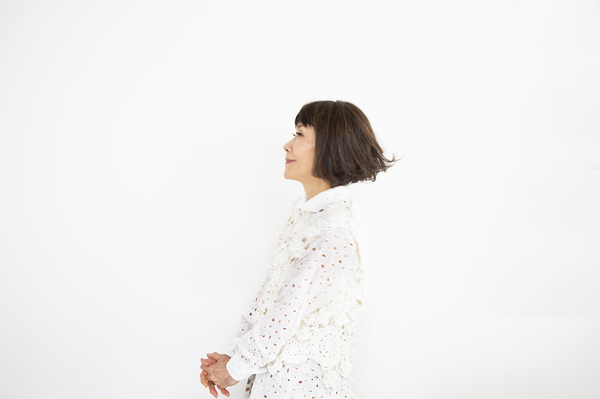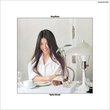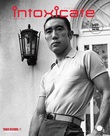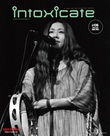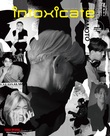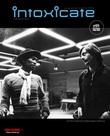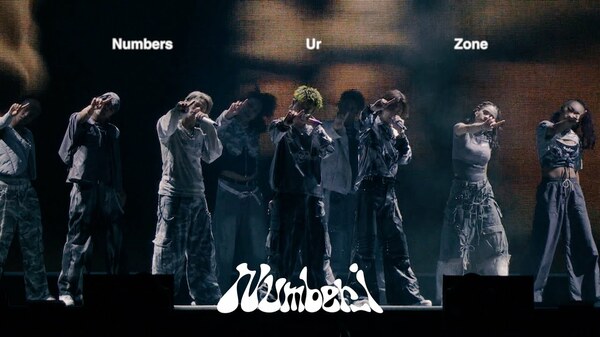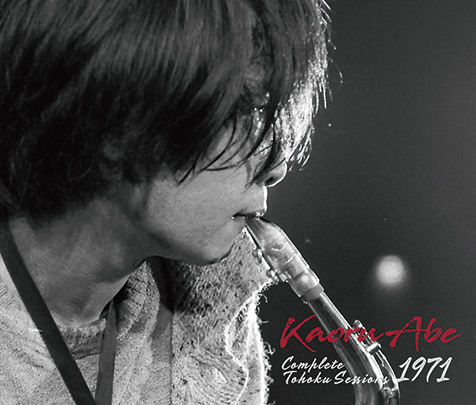Peter and Friends is the album celebrating Taeko Onuki’s 50th anniversary of her debut. It was recorded at EX Theater Roppongi in Tokyo on July 9, 2024, featuring a setlist of her songs from the 1980s and 1990s, when electronic sounds defined much of her music. Thanks to advances in technology, those sounds can now be brought to life on stage. “Rain” evokes the vivid sensation of clothes growing damp, “Happy-Go-Lucky” enlivens with its superb tempo, and now “Carnaval” dances lightly in the air. It was the opening track of the album Romantique, about which she later reflected that she had “discovered many clues to her voice and tone of music” and “found the place where she belonged.”
The album symbolized the season in her transition by adding European tastes with Ryuichi Sakamoto’s arrangements, and was supported mainly by three members of YMO. Its release date of 1980 tells that she was 27 years old at the time. After 45 years, this time, she sang the same songs with a young and talented band of Febian Reza Pane, Masato Suzuki, Manabu Sakata, Kei Fushimi, and Shohei Amimori. In the middle of the song, she introduced them to the audience. As I listened to the music while flipping through the pages of time, I wondered how time and music intertwine when music is in the air. In the same moment, the thought of 50 years almost made me sigh.
Of course, it was during the days of Sugar Babe when I heard her voice for the first time. In the mid-70s, venues like Ogikubo Loft seemed like special places, and I would visit those venues to see musicians such as Shigeru Suzuki & Huckleback and Makoto Kubota & The Sunset Gang, among others. Every day was filled with joy and new meetings. I believe some of the shows were even before the release of their debut album Songs. The fact that I kept going to venues seemingly meant that even in the time without the internet and social media, I could get what I needed to some degree – depending on how much you wanted it. Although the ways we listen to music have changed a lot since then, I think, on reflection, it’s not just because of the advanced technologies or time passing.
Back then, she always seemed to keep her eyes on the keyboard. Her face, partly hidden by long hair, carried a hint of loneliness. It was unusual for the band at the time to share lead vocals between a male singer, Tatsuro Yamashita, and her. Still, she was not as noticeable as Yamashita. Yet I remember how my heart fluttered when she sang “Itsumo Dori (As Usual)” which opens with lines such as: “I would give it up, now. Now that I don’t have a single thing to lose.” Many of the songs about women working in the city tended to fall into stereotypes, but the women in her songs carried the breath of real life – of being lost, of worrying. Her touch, like painting on canvas with a brush in a single stroke, also went well with her voice and left a fresh impression on me.
I felt I wanted to stay with her songs, at least for a while. That was the honest feeling I had. The song “Machi (A City)” from the album Grey Skies is one of those that fueled such a feeling. It also captures the heart of a young woman living in the city, leading her to whisper as she moves through the crowd every day: “Nobody knows that every time I walk past, I become a little tender.”

